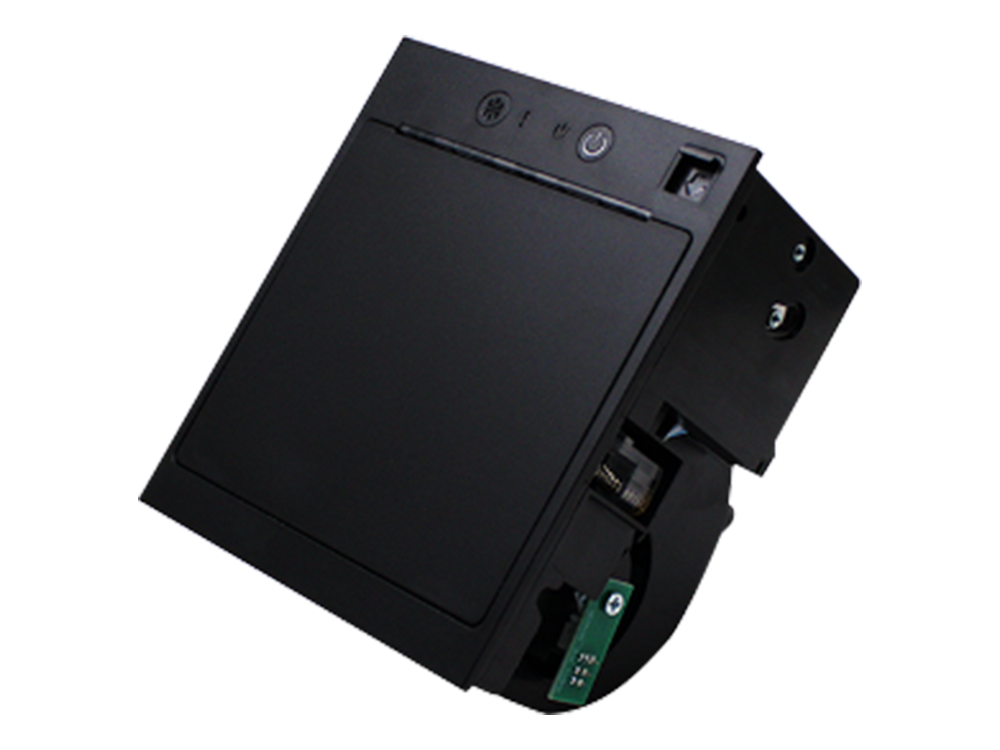Time:2025.07.15Browse:1

Barcode printers are specialized devices designed to produce high-quality barcodes, labels, and tags efficiently, relying on a combination of mechanical, thermal, and electronic components to translate digital data into physical barcodes. The core working principle involves precisely transferring ink or heat to a label material (such as paper, plastic, or synthetic films) to create the distinct black-and-white patterns of a barcode, which can be read by scanners.
At the heart of a barcode printer is a printhead—a critical component composed of tiny heating elements (pins or dots) arranged in a line. These elements are activated selectively based on the digital barcode data sent to the printer. When the printhead is heated, it interacts with either a thermal label (in direct thermal printing) or a ribbon (in thermal transfer printing) to create the barcode pattern.
The process begins with the user sending a digital barcode design from a computer to the printer via software. The printer’s internal processor converts this data into a grid of pixels, where each pixel corresponds to a heating element on the printhead. As the label material moves past the printhead (driven by a motorized roller system), the printhead is pressed against the material (or ribbon, in thermal transfer). The activated heating elements then either burn the surface of a thermal label (creating dark marks) or melt ink from the ribbon onto the label, forming the barcode’s lines and spaces.
To ensure accuracy, barcode printers incorporate sensors that detect the label’s position and gap between labels, aligning each print precisely. The pressure applied by the printhead, the speed of the label movement, and the temperature of the heating elements are all calibrated to produce sharp, consistent barcodes. Additionally, advanced models feature adjustable settings for label size, print density, and resolution (typically 203 dpi, 300 dpi, or 600 dpi), allowing customization for different applications, from small product labels to large shipping tags.
This combination of precise heat control, mechanical alignment, and digital data processing enables barcode printers to produce durable, scannable barcodes at high speeds, making them indispensable in retail, logistics, healthcare, and manufacturing for inventory tracking, product identification, and supply chain management.
Read recommendations:
Adjusting the Printing Position When Prints are Shifted Downward